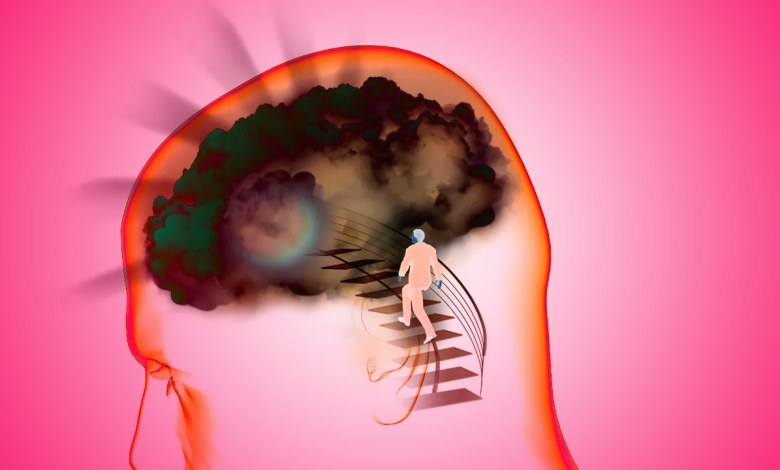Daily Current Affairs for UPSC
Ragging incidents in India
Syllabus- Government Policies and Interventions [GS Paper-2]

Context- According to the University Grants Commission (UGC), at least 25 students who were targeted by blasts have committed suicide in the last five and a half years.
Key Highlights
- Maharashtra and Tamil Nadu reported four deaths and Odisha three.
- Andhra Pradesh, Rajasthan, Uttar Pradesh and Telangana reported two deaths each.
- According to a 2017 study, around 40% of Indian students have faced some form of bullying and harassment, with medical and engineering colleges reporting the most.
What is Ragging?
- Ragging is violence that causes or is likely to cause insult, threat or harm to students.
- This includes abuse, humiliation or harassment of freshmen or juniors by older students.
- This often takes a vicious form where newcomers can be tortured mentally or physically.
Causes of Ragging Incidents in India
- Messing is done to welcome freshmen and gives older students a sense of empowerment
- Revenge is one of the main reasons for the explosion.
- This means that the students themselves who are victims of the explosion are doing it with their juniors.
- They take revenge for the excesses done to them by their juniors.
- They force them to do whatever they suffer. Several very famous colleges in India have had a ragging history.
- Sometimes it is even considered to be a university tradition.
Consequences
- The boom in higher education can cause long-term stress that reduces effective functioning.
- The long-term consequences of bullying and harassment can be a high risk of developing post-traumatic stress disorder (PTSD) and poor quality of relationships.
- It can also lead to severe depression and people taking drastic measures such as suicide attempts.
- According to research, exploding can also increase the risk of aggressive behavior and criminal activity in the long term.
- It can also lead to alcohol and drug addiction.
Government initiatives against Ragging
- National Anti-Ragging Helpline: According to the Supreme Court order, a National Anti-Ragging Helpline was set up to help victims and take action in case of rape by informing the head of the institution and local police agencies about filing a complaint.
- The main feature of the helpline is that complaints can be filed anonymously.
- UGC Guidelines: The UGC regulations to curb the menace of blasts in colleges provide clear guidelines and compel all educational institutions to prevent blasts and help students avoid extreme measures.
- UGC Helpline: UGC maintains a 24-hour helpline for students.
- The UGC Anti-Ragging Cell acts as a bridge between students and educational institutions.
- Reports and complaints received through the helpline are forwarded to the relevant authorities for timely action.
- Other Regulations: The All India Council for Technical Education [AICTE] framed the All India Council for Technical Education (Prevention and Prohibition of Ragging in Technical Institutions, Universities including Universities imparting Technical Education) Regulations, 2009.
- Similarly, the Medical Council of India (Prevention and Prohibition of Ragging in Medical Colleges/Institutions) Regulations, 2009 have been prepared by the Medical Council of India.
Suggestions
- Counseling Cells: With law and order in place, institutes should take initiatives to provide a sense of security to students.
- Colleges should have counseling cells that can help students in times of crisis.
- Promote healthy interactions: Additional measures should be taken to ensure the safety of students in and around campuses.
- Such situations can be alleviated by organizing cultural festivals and other extracurricular activities involving both young and old.
- Awareness: Anti-blasting programs can be organized to spread awareness about the harmful effects of blasting. Most torturers see exploding as random entertainment.
- This can be reduced by holding regular interactive sessions on the effects of plastering.
- Counseling services must be independent so that students can maintain confidentiality and feel free to seek help.
- Anti-Ragging: The Student Anti-Ragging Committee helps ensure that the campus is rag-tag.
- Colleges must also make efforts to establish a functioning campus security office.
- Such initiatives bring hope not only to students but also to parents.
Way forward
- Students, teachers and parents should receive training in mental health, stress management and recognizing the signs of anxiety.
- We need to remove the stigma and encourage students to seek mental health support.





.png)



